In Part 1 of this series we created our new LAB, we got the System Center 2012 Configuration Manager ISO and extracted it, then copied it to our Active Directory server. We then created the System Management container in AD, delegated permissions to the container, extended the Schema for Configuration Manager. We then opened TCP ports 1433 and 4022 for SQL replication between sites, installed some prerequisites like .NET Framework 4.0, added some features and then downloaded and installed SQL Server 2008 R2 SP1 CU6. We then configured SQL Server using SQL Server Management Studio for security and memory configurations prior to running the Configuration Manager 2012 setup to assess server readiness. Finally we installed a central administration site (CAS). In Part 2 we setup our Primary server with SQL Server 2008 R2 SP1 CU6. We then installed Configuration Manager 2012 on our primary server (P01) and verified that it was replicating to our central administration site (CAS) server. Then we configured Discovery methods for our Hierarchy and then configure Boundaries and Boundary Groups.
In Part 3 we configured Discovery methods and configured boundaries and created a boundary group, we then configured them for Automatic Site Assignment and Content Location. In Part 4 we added the Application Catalog roles to our Hierarchy. We then configured Custom Client Device Settings and then deployed those settings to the All Systems collection on site P01. After that we created Custom Client User Settings and deployed them to the All Users collection in order to allow users to define their own User and Device affinity settings. In Part 5 we installed the WSUS server role (it is required for the Software Update Point role). We then installed the Software Update Point role on our CAS and Primary servers and we configured the SUP to support ConfigMgr Client Agent deployment which is a recommended Best Practice method of deploying the Configuration Manager Client Agent.
In Part 6 we prepared our server for the Endpoint Protection Point role, and installed that role before configuring custom client device settings and custom antimalware policies. We then deployed those custom client device settings and custom antimalware policies to our newly created Endpoint Protection collections. In Part 7 we added operating system deployment ability to our hierarchy by adding Windows 7 X64. We used the Build and Capture process to capture a WIM image which we can later deploy to targeted computers using network boot (PXE). PXE boot requires specific settings on our distribution points and the boot images used to deliver the operating system WIM images were therefore also enabled for PXE support.
In Part 8 we added Applications to our Software Library and configured the requirements in the Deployment Type to add new abilities to the application delivery process. We monitored the approval process of our applications and saw how requirements can influence whether an application is installed or not and we noted the difference between deploying to Users versus Devices. Now we will take a look at how Automatic Deployment Rules can be used to automate the deployment of windows updates on Patch Tuesday using a recurring schedule to patch your infrastructure using Software Updates.
In Part 9 we created some folders and collections using a PowerShell script to make targeting of Windows Updates easier, we then performed a full synchronization of our Software Update Point before creating an Automatic Deployment Rule (ADR) for Windows 7 monthly updates for Patch Tuesday. In Part 10 we monitored our previously created ADR and monitored the downloading and deployment of those updates both to the distribution points and finally to our Windows 7 client computers. We reviewed the process in fine detail in order to understand the sequence of events when an ADR is run on a schedule.
Now we will upgrade our Hierarchy to the recently released System Center 2012 Configuration Manager Service Pack 1.
Note: This upgrade is important as it adds lots of new functionality in addition to bug fixes, however you should approach the upgrade with caution, proper planning and of course testing. Testing is strongly advised in a lab prior to implementing in production.
When upgrading your Configuration Manager hierarchy you should always use a top-down approach, that is you upgrade the CAS first, then you upgrade the primaries, then you upgrade any secondaries underneath (you can upgrade secondary sites by using the Configuration Manager console) and finally you upgrade the clients using whatever method you wish.
To recap this is the order you upgrade to System Center 2012 Configuration Manager Service Pack 1.
- CAS
- Primaries
- Secondaries
- Clients
Tip: Depending on your hardware and network infrastructure the upgrade process itself can take some time so it is a good idea to schedule the upgrade of your site servers accordingly and communicate any possible downtime there may be while the upgrade is taking place. Possible disruption to service could affect operating system deployment, software distribution, reporting, software updates, and antivirus amongst others.
Backup
Before doing anything to our site servers, you should verify you have a recent backup (I’d recommend you take a manual backup if your schedule does not have a recent backup). For details of how to backup your Configuration Manager server please see the following post.
It is not uncommon that something in the upgrade causes an issue with setup and that in itself may crash or interrupt the upgrade process, therefore having a solid backup (of your CAS and primaries) before starting the upgrade is a very important step. Please do not continue this guide until you have completed a full backup of the CAS and P01 servers. In the screenshot below you can see the backup files are in place for both the CAS and P01 servers. You should also review the Smsbkup.log file on both the CAS server and the Primary site servers to review that the backup was complete and that it succeeded.
Note:
If your upgrade to Configuration Manager SP1 fails for whatever reason and if you have no backup, then you may need to reinstall the site from scratch. It is always an important part of any site installation strategy to implement a backup solution and verify it works. Having a backup means that you can recover the site if there’s a problem.
Download the Media
Before we start we need the media, so go ahead and download the Microsoft System Center 2012 Configuration Manager Service Pack 1 media. In addition we’ll need the Windows ADK (required for deploying Windows 8 and Windows Server 2012), therefore before continuing please download the files needed for the upgrade:
- Download SP1. To download System Center 2012 Configuration Manager Service Pack 1 log on to your Volume License site and download the media from there, note that it was updated recently to fix an issue with Clients not getting installed correctly after the upgrade. You should not be using the MSDN or Technet versions of Configuration Manager Service Pack 1 to install in production see here for more details.
- Download Windows ADK. You must download and install Windows ADK before you run the System Center 2012 Configuration Manager SP1 setup. Windows ADK must be installed on the site server and on any server that is running the SMS Provider even on any system hosting a remote sms provider.
To download the Windows ADK go here. - Download and install Windows Management Framework 3.0 – you can download the WMF 3.0 from here.
Review the checklist
Microsoft has provided a list of things you should consider (Upgrade Checklist) as part of your upgrade strategy and it’s found right here. Make sure to read it before undertaking an upgrade, things can go wrong and you need to be prepared for disaster recovery before starting.
Successful preparation means preparation for success.
The first thing in that checklist is to ensure that your computing environment meets the supported configurations that are required for upgrading to System Center 2012 Configuration Manager SP1. That means we need to install the required prerequisites on each computer that hosts a site system role. Several site system roles require new or upgraded prerequisites. For general information about supported platforms and prerequisite configurations, see Supported Configurations for Configuration Manager.
Step 1. Uninstall the Windows Automated Installation Kit
Perform the following on the CAS server as SMSadmin
First on our list is the Windows Assessment and Deployment Kit, but before we install that we need to remove the Windows Automated Installation Kit. , In control panel, add remove programs, locate the Windows Automated Installation Kit and choose Uninstall.
answer yes to the prompt
If your site is a Primary and has a PXE enabled distribution point you’ll be prompted to Automatically close Windows Deployment services
choose the default (as we’ll reboot later)
Step 2. Install the Windows Assessment and Deployment Kit
Perform the following on the CAS server as SMSadmin
The following three components from the ADK must be installed:
- User State Migration Tool (USMT)
- Windows Deployment Tools
- Windows PreInstallation Environment (Windows PE)
Select at least those three options otherwise you’ll get prerequisite check failed errors when it comes to installing
Configuration Manager 2012 SP1. The other options are optional.
Copy the previously downloaded ADK source files to D:\sources\Upgrade\requirements\ADK\Full RTM ADK
We wil use a script to install the ADK with the three components above and no questions asked. Here’s the script, execute it in the directory where you’ve copied the full ADK installation files.
adksetup.exe /Features OptionId.DeploymentTools OptionId.WindowsPreinstallationEnvironment OptionId.UserStateMigrationTool /norestart /quiet /ceip off
as per the screenshot below
Once done, you can monitor the installation by reviewing the log files in %temp%\adk, you can locate your %temp% folder by typing SET in a command prompt and you’ll see the environment variables revealed.
The log file will be called something like Assessment and Deployment Kit_20130200204221759.log, and when you have a successful installation you should see Exit Code: 0x0 as per the screenshot below:-
Tip: Installation of the ADK will produce several logs for the separate components in %temp%\adk if you have any issues with the installation of the ADK open those logs individually in CMtrace to look for any errors during the installation.
You can also verify the the ADK is installed via the Control Panel, select Programs and Features, it’ll be listed as installed as per the screenshot below
Step 3. Install WSUS hotfix to support Windows 8 and Server 2012
Perform the following on the CAS server as SMSadmin
The following is necessary to support Windows 8 and Windows Server 2012. Download and install the WSUS hotfix listed below, reboot when prompted.
http://support.micro….com/kb/2734608
Note: 2734608 contains 2720211 so you only need to install 2734608.
Step 4. OSD Related A/V Exclusion Considerations
Perform the following on the CAS server as SMSadmin
Consider excluding the following OSD related folder prior to running Setup otherwise you may have problems
with boot images not getting populated. For more details please see this Technet post.
Add the following to your Antivirus Exclusions list:
- C:\Windows\TEMP\BootImages
Step 5. Install Windows Management Framework (WMF) 3.0
Perform the following on the CAS server as SMSadmin
System Center 2012 Configuration Manager SP1 requires Windows PowerShell 3.0. If you are not running Windows Server 2012, you must download and install Windows Management Framework (WMF) 3.0.
You can download WMF 3.0 from here.
Once installed, restart the server when prompted.
Step 6. Run testdbupgrade on a copy of the database
Perform the following on a TEST SQL server as a local administrator user and sysadmin
This step is optional but highly recommended. It is used to verify if our database will have any issues with the Service Pack 1 upgrade process. Doing this could save you a lot of time rebuilding in case something goes wrong.
Quote
To test the database for an upgrade, you first restore a copy of the site database to an instance of SQL Server that does not host a
Configuration Manager site. The version of SQL Server that you use to host the database copy must be a version of SQL Server that the version of Configuration Manager supports that is the source of the database copy. [Technet]
Note: Do not use this procedure on your production database, only use a copy of the current database, (a copy of the latest backup database should be sufficient, to get the most current backup you can trigger the backup manually). Do not run testdbupgrade more than once on the same database copy.
If you have not implemented a backup solution yet then do so now. Browse to the share where your database is backed up and copy that database file to a server running the same version of SQL Server and with the same collation as installed on the CAS/Primary.
Tip: Please review Step 11 of this guide to see how to quickly install a TEST SQL Server with the same specifications as our CAS and Primary servers. This TEST SQL server will be used only for the TestDBUpgrade process.
In the below screenshot notice that there is a copy of the CAS database which was previously backed up by triggering a manual backup as described here, and then copied to this TEST SQL server.
Next we need to restore our copied database into another SQL server.
On the TEST SQL server login as a user who has sysadmin permissions on that SQL server (I granted the smsadmin user both local administrator permissions and sysadmin permissions on this SQL Server). In the start menu locate SQL Server Management Studio, right click and choose Run as Administrator otherwise you’ll get read-only errors when trying to attach the database
once SQL Server Management studio starts, right click on Databases and choose Attach.
When the attach databases window appears click on Add and browse to our copy of the latest backup, it will be in the SiteDBServer folder of our copied backup.
and click ok to see the details of the database COPY
Click ok, once done, the copied database is now in our test SQL server.
Now we are ready to run testdbupgrade, so get the Configuration Manager 2012 SP1 media, open a command prompt and browse to Setup.exe in the following location on the source media for Configuration Manager SP1:
SMSSETUP\BIN\X64.
Once done, run the following command, replace CM_CAS with the name of the database COPY that you attached on this test SQL Server.
setup.exe /testdbupgrade CM_CAS
If you get an error about SQL Native Client not being present, then please refer to this post to resolve that.
The wizard will appear and should look like so
if not, resolve any errors or warnings before continuing. Open the following logs using CMTRACE on your test SQL server
- C:\ConfigMgrPrereq.log
- C:\ConfigMgrSetup.log
Click on Begin TestDBUpgrade to continue, you may get a question about the size of the database and whether to continue, answer Yes.
at this point the wizard will close, and the setup program will do a test upgrade on your copied database and you can review it’s progress in CMtrace.
After some time the log file should reveal the following:
Quote
INFO: Configuration Manager Setup has successfully upgrade the database.
=========================TestDBUpgrade is done. =========================
If the test upgrade was unsuccessful review the log and fix any errors on your production server(s) prior to attempting the upgrade, then backup the database again, and re-run TestDbUpgrade on that new copy of the database, yes it takes time but it will save you having to fix the problems on your production server mid-upgrade.
If successful, you can now delete the copied database on the Test SQL Server. Right click the CM_CAS database, select Delete
leave defaults, click ok.
Step 7. Upgrade to Service Pack 1
Perform the following on the CAS server as SMSadmin
Now we are nearly ready to start the upgrade process on our CAS server, however before doing so check the following:
- Restart the site server and each computer that hosts a site system role to ensure that there are no pending actions from a recent installation of updates or from prerequisites.
- If you have your 2012 hierarchy connected to a 2007 hierarchy for migration purposes, you will temporarily need to click the Stop Gathering Data button in the Migration workspace in order to install SP1, you can resume this gathering after the upgrade is complete.
- If you have made any changes to the built-in collections copy those collections before running setup.
- Before you upgrade a site, close the Configuration Manager console that is installed on the site server until after the site upgrade is completed.
- Verify that replication between the CAS and any child primaries is OK, if it is not use the Replication Link Analyzer to troubleshoot, fix those problems before running setup.
- Verify that the Component logs in the monitoring workspace are green and that they are no obvious issues with your site before trying to upgrade it. Trying to upgrade a broken site may result in a broken upgrade.
- Check if your site system Installation account is set to “Use the site server’s computer account to install this site system” – if it is not then please review this post.
Ok, now we are ready to upgrade, Insert the dvd (or mount the ISO) and run splash.hta or browse to <ConfigMgrServicePackInstallationMedia>\SMSSETUP\BIN\X64 and run setup.exe. The wizard appears, click on Install, answer yes to any UAC prompt.
review the Before you begin notes, click next
Upgrade will be automatically selected in Available Setup Options, click next
enter your license key or use the evaluation option
and Accept the EULA
Accept the prerequisite licenses
next you get to choose whether to download some prerequisite files or to use previously downloaded Service Pack 1 files (624 MB)
Tip: If you don’t have an internet connection on your Configuration Manager server then you can download the required updates on another computer by doing like so:-
- Open a command prompt with administrative permissions
- Navigate to .\Configuration Manager 2012 Install source\smssetup\bin\X64
- Run SetupDL.exe and set the target dir (eg: SetupDL.exe C:\cm12sp1downloads)
Next make your Server language selection if you want to have additional languages available at this site
for the Configuration Manager console and for reports, or clear languages that you no longer want to support at this site, and then click Next.
and select any client languages for your clients
review the summary
The prerequisite check should complete without any errors, if there are errors fix them before continuing, if there are warnings take note of them, I would recommend fixing them also before continuing. If you followed all the advice above you should have no errors or warnings.
Click on Begin Install and then View log in order to monitor progress in CMTrace
This will take some time, be patient and watch the log above for any errors. When the process is complete the wizard will say Core Setup has completed however I would still look in the log and wait until the following line is observed.
=============== Completed Configuration Manager 2012 Server Setup – Upgrade ===============
click on Close. Starting the console shows the new build number.
Job done !
Step 8. Repeat the process for all primary servers
Perform the following on the P01 server as SMSadmin
Now that the CAS is upgraded we can start upgrading our primary servers, if you only have one primary (P01) then upgrade it before dealing with any secondaries or clients. Repeat all the steps above, but obviously use a copy of the Primary servers backup file for the TestDBUpgrade process and perform the actual upgrade on the primary servers themselves. Those points may seem obvious but I just need to point it out.
Repeat the process above for all Primary servers within the hierarchy.
Step 9. Upgrade any secondary servers.
Perform the following on the CAS server as SMSadmin
Below is the process from Technet:-
Verify that the administrative user that runs Setup has the following security rights:
- Local Administrator rights on the secondary site computer
- Infrastructure Administrator or a Full Administrator security role on the parent primary site
- System administrator (SA) rights on the site database of the secondary site
In the Configuration Manager console, click Administration. In the Administration workspace, expand Site Configuration, and then click Sites.
Select the secondary site that you want to upgrade, and then, on the Home tab, in the Site group, click Upgrade.
Click Yes to confirm the decision, and to start the upgrade of the secondary site.
Note: The secondary site upgrade progresses in the background. After the upgrade is completed, you can confirm the status in the Configuration Manager console. To confirm the status, select the secondary site server, and then on the Home tab, in the Site group, click Show Install Status.
Step 10. Upgrade clients.
Perform the following on the CAS server as SMSadmin
Although a Configuration Manager primary site or secondary site can support communication from clients that have a lower service pack version, this communication should be a temporary configuration. Clients that run a previous service pack version of Configuration Manager cannot use the new functionality that is available with the new service pack version of Configuration Manager so you’ll want to upgrade them to avail of the new functionality.
Tip: When you upgrade the top-level site of a hierarchy to a new service pack, the client installation package on each distribution point in the hierarchy is also updated. When you upgrade a primary site, the client upgrade package that is available from that primary site is updated.
When you upgrade a client, the current client software is uninstalled and the new client software version is installed. To upgrade clients, you can use any method that Configuration Manager supports.
Recommended reading:
As you can see from the above, upgrading your environment should not be taken lightly, plan it, test it in a lab, and verify before implementing in production. Just because the service pack is out doesn’t mean you should upgrade on day one.
Get your environment ready for the upgrade, then do the actual upgrade. Once you have updated your hierarchy you’ll have access to a wealth of new functionality from the Configuration Manager team. please review the following posts below for planning advice, best practice, and of course gotchas.
Technet:
- Supported Configurations for Configuration Manager – http://technet.micro…y/gg682077.aspx
- Planning to Upgrade System Center 2012 Configuration Manager – http://technet.micro…y/jj822981.aspx
- Upgrade Configuration Manager to a New Service Pack – http://technet.micro…y/jj865691.aspx
- Configuration Manager 2012 RTM to SP1 Upgrade Overview – http://blogs.technet…stallation.aspx
Other:
- How to upgrade System Center 2012 Configuration Manager to SP1 – http://support.micro…6?wa=wsignin1.0
- Windows Management Framework 3.0 – http://www.microsoft…s.aspx?id=34595
- System Center 2012 SP1 Woes, Gotchas, and Workarounds – http://myitforum.com…nd-workarounds/
ok that’s it ! you have now upgraded your hierarchy to System Center 2012 Configuration Manager Service Pack 1, congratulations !
until next time,
cheers
niall.


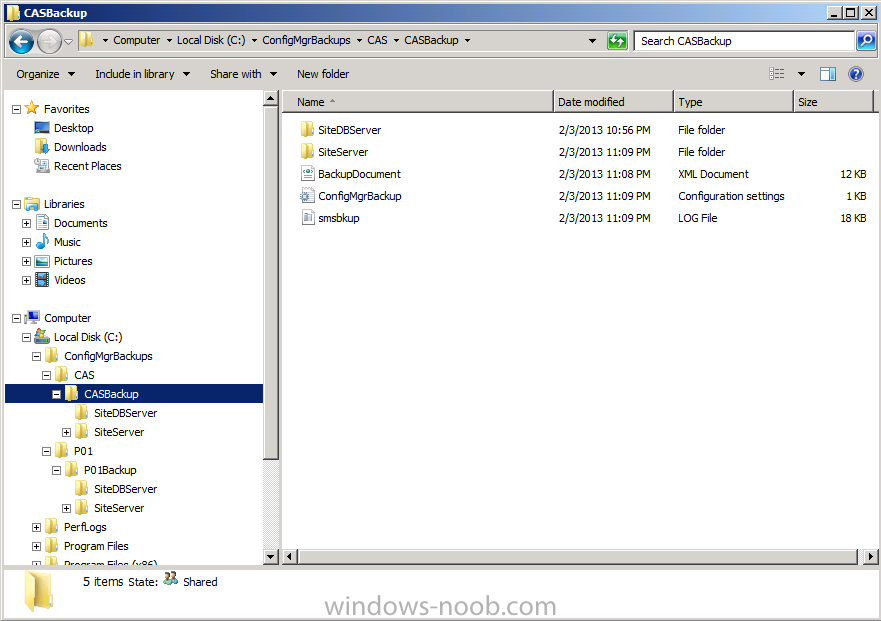
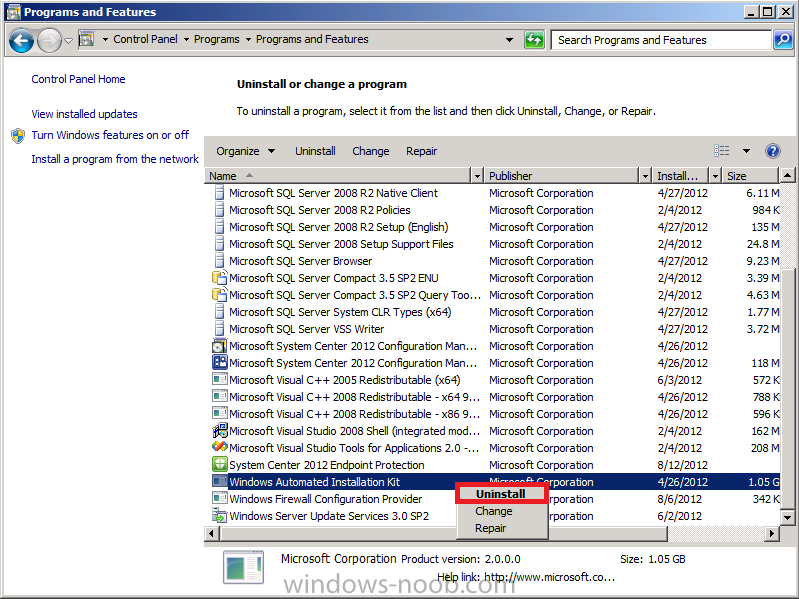

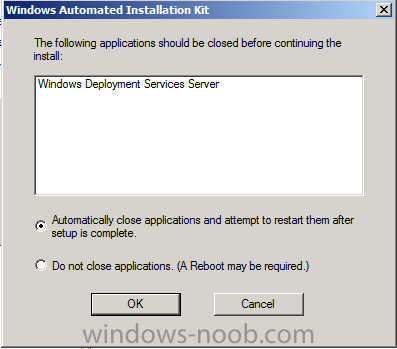
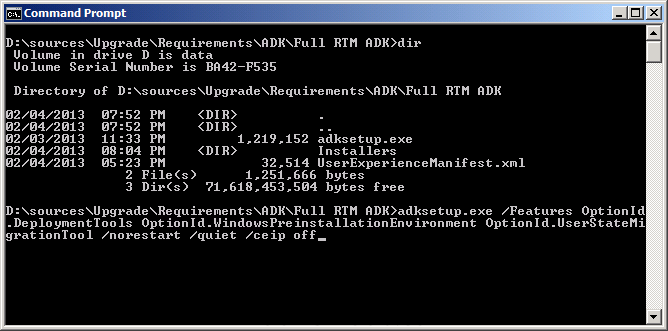
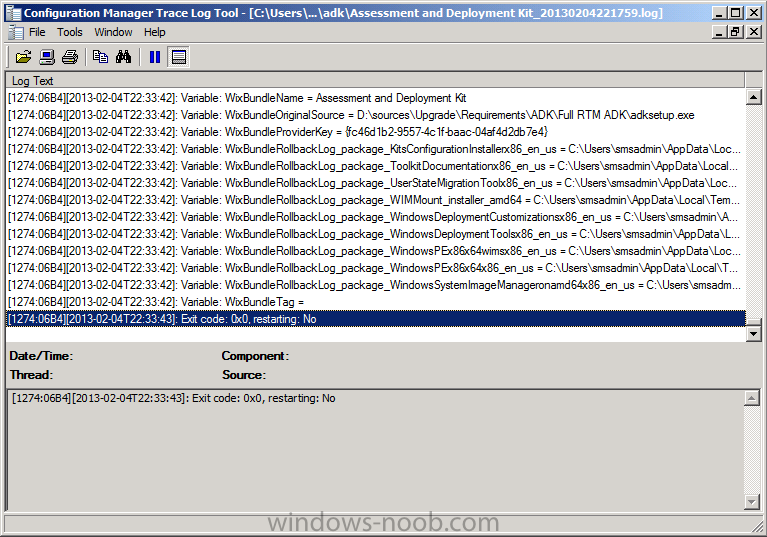
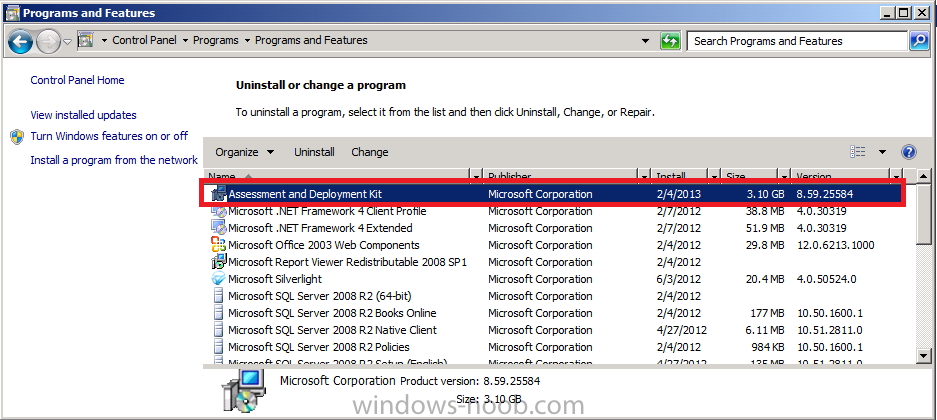
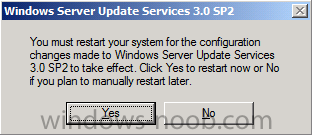
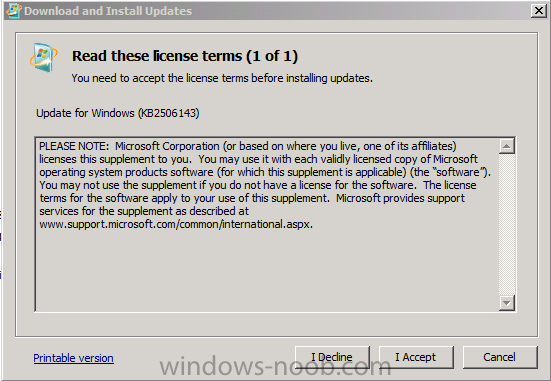
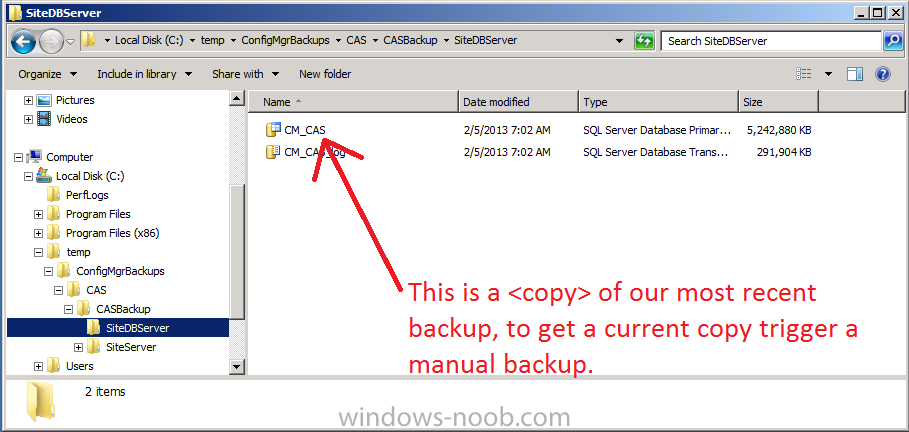
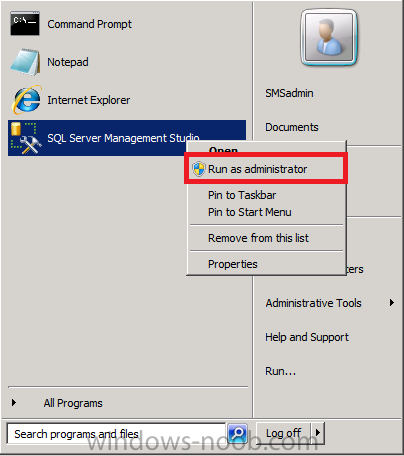
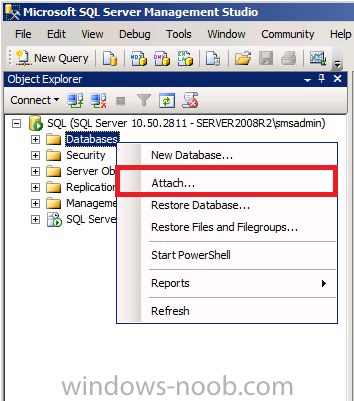
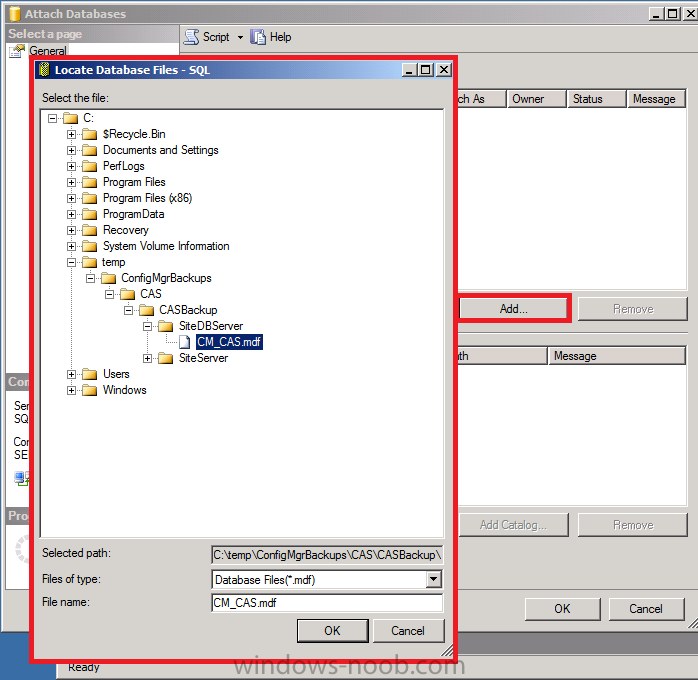
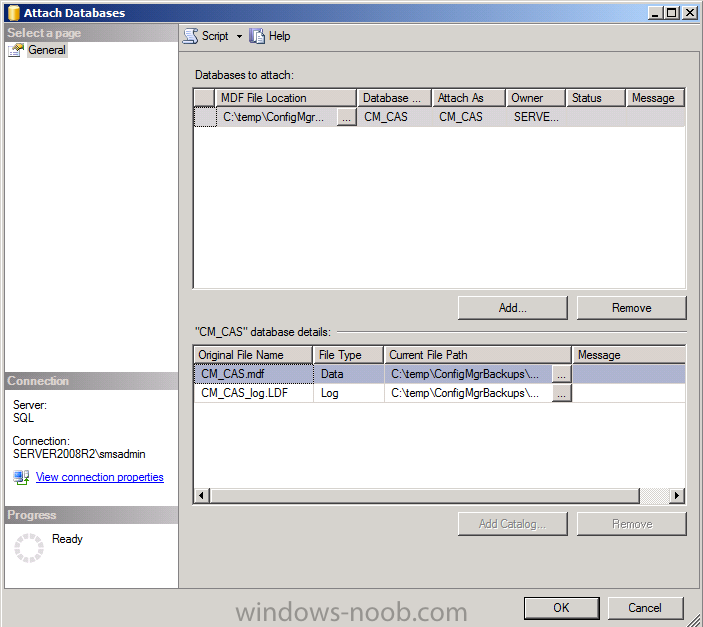
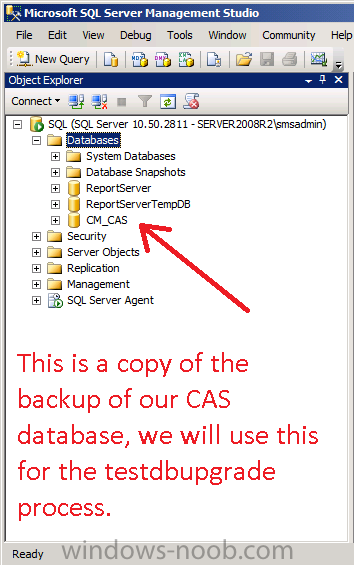
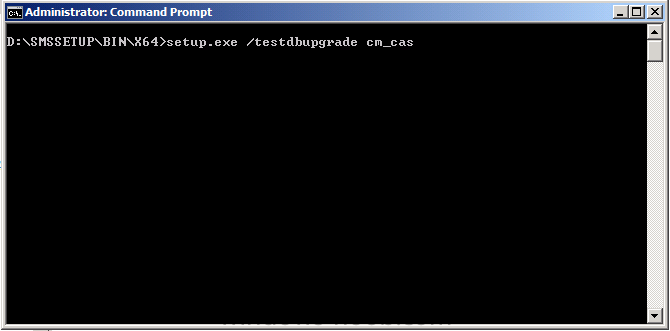
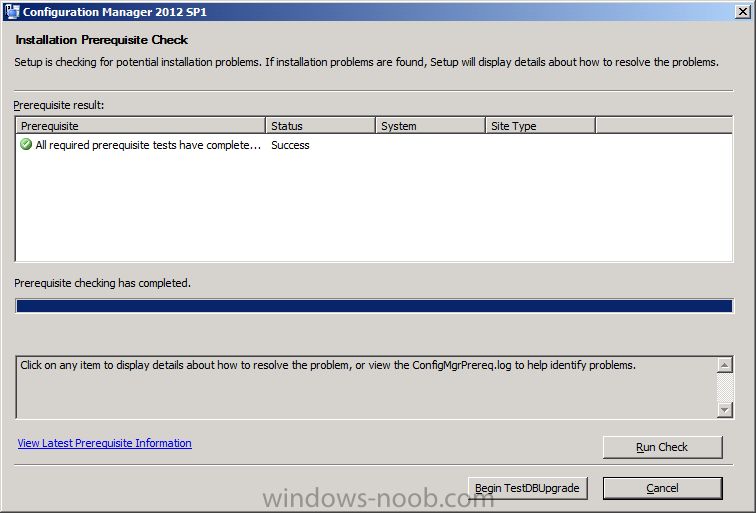
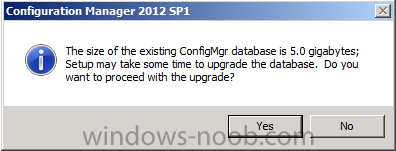
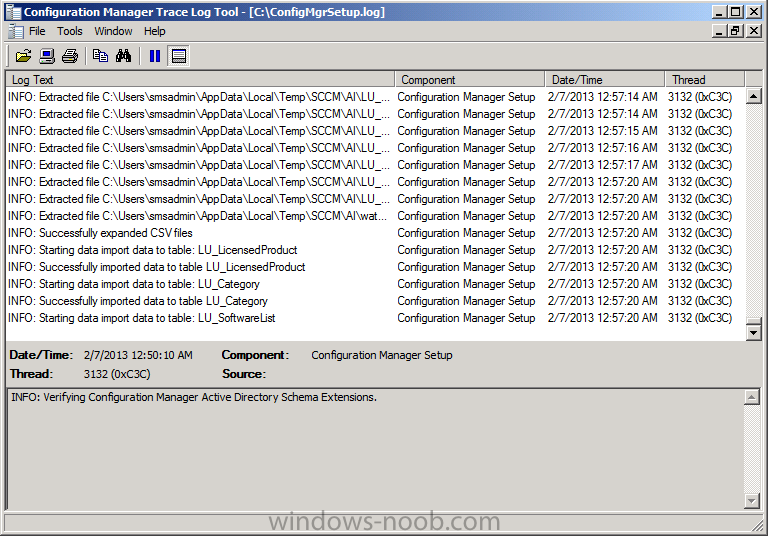
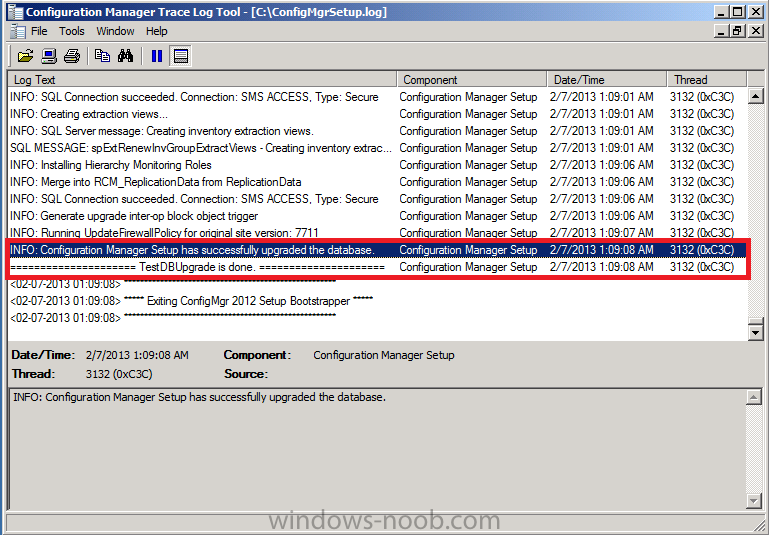
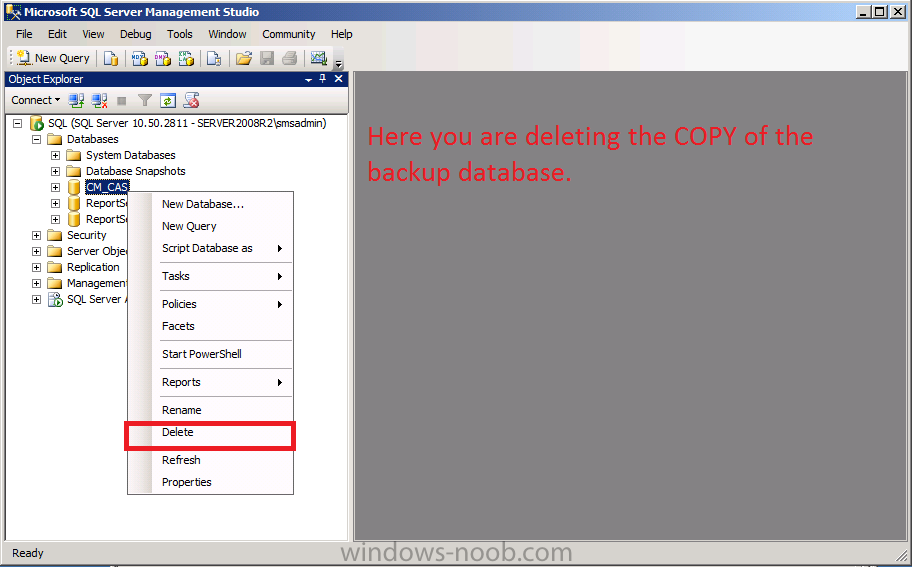
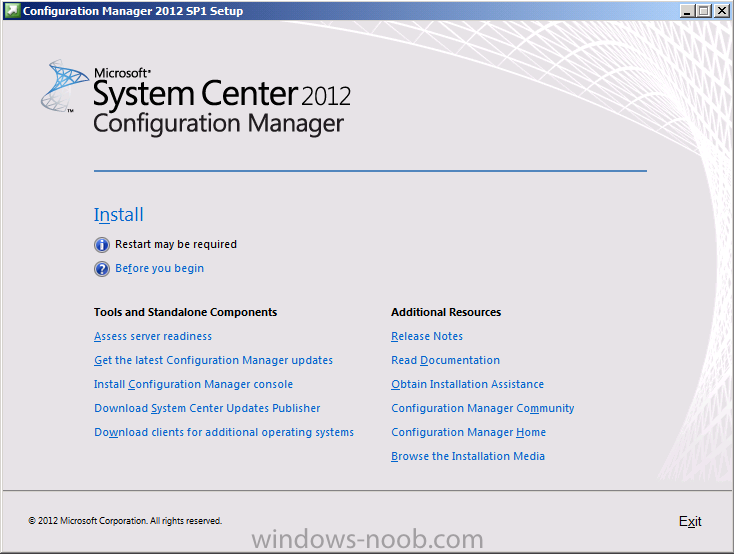
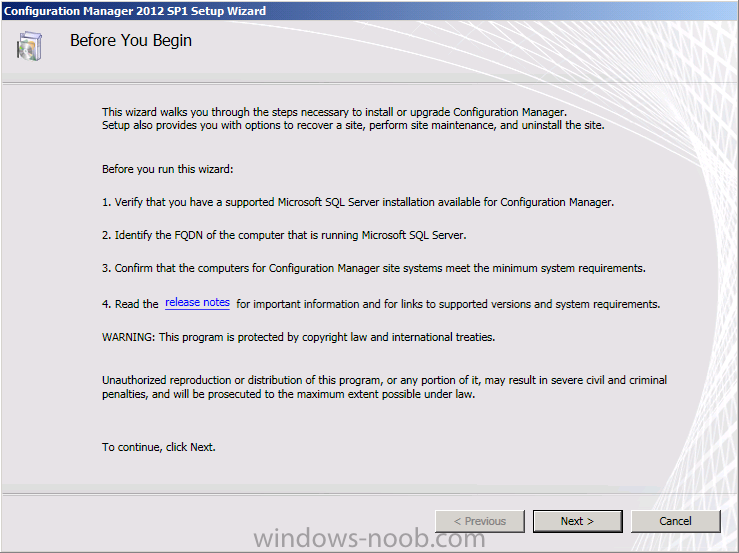
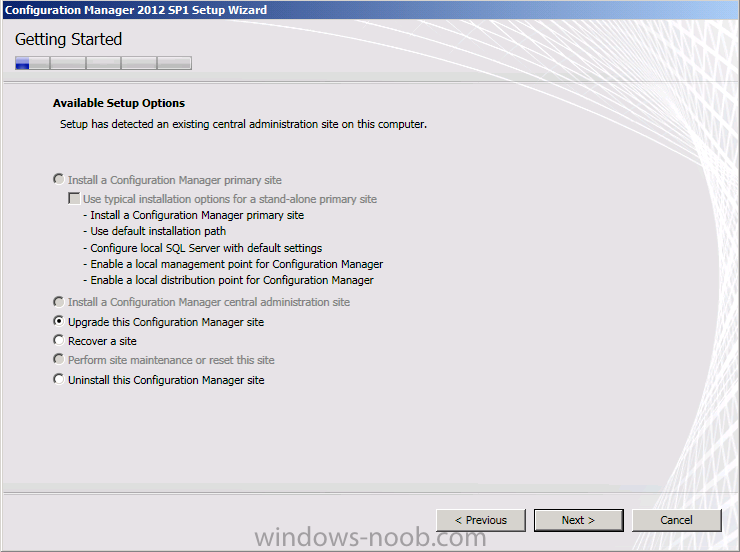
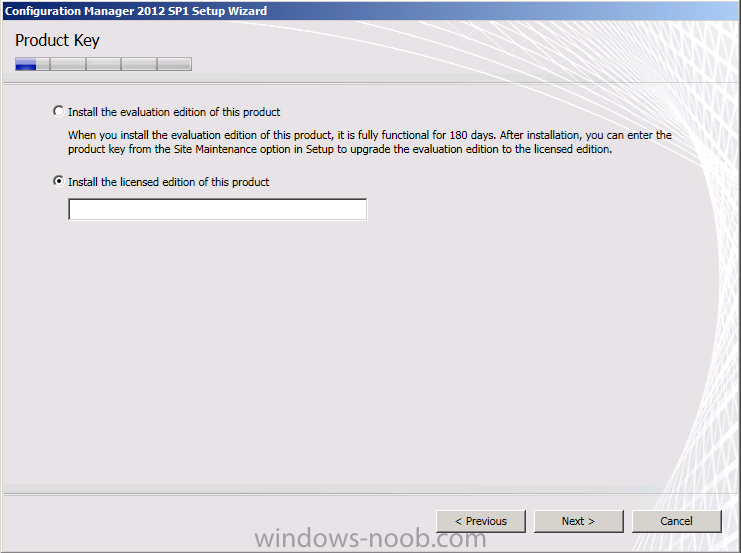
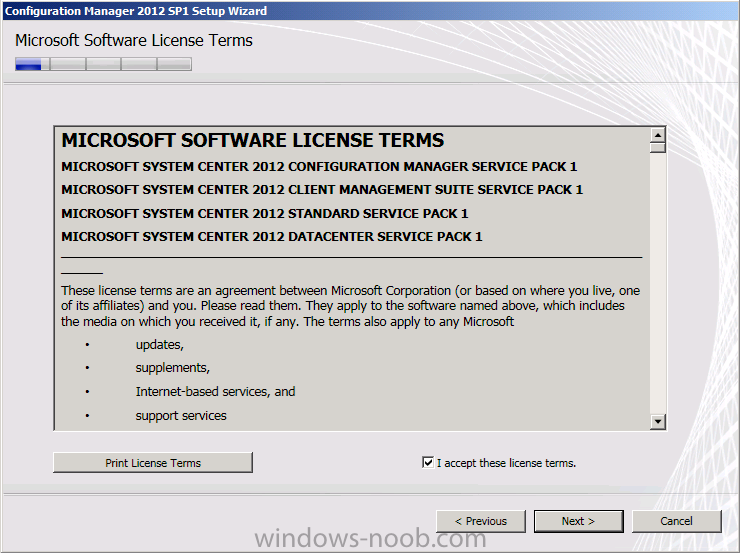
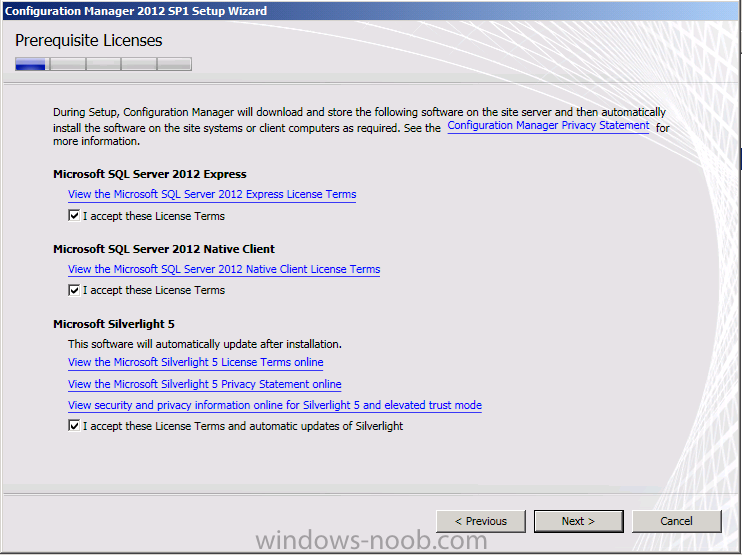
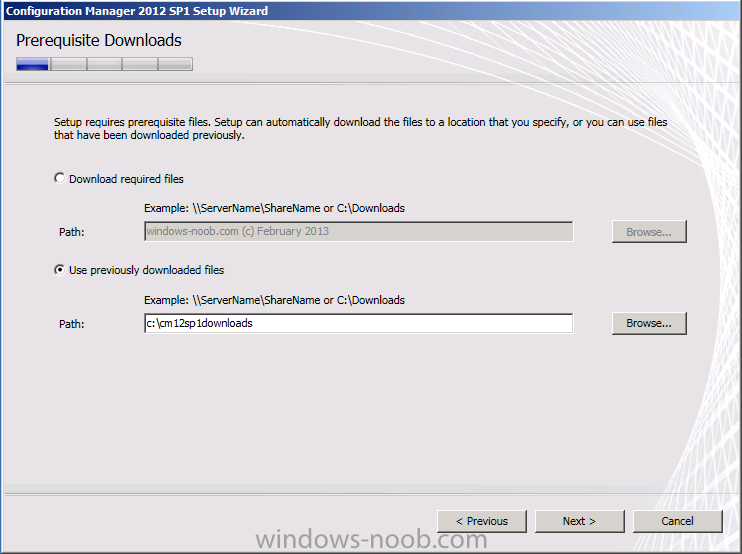
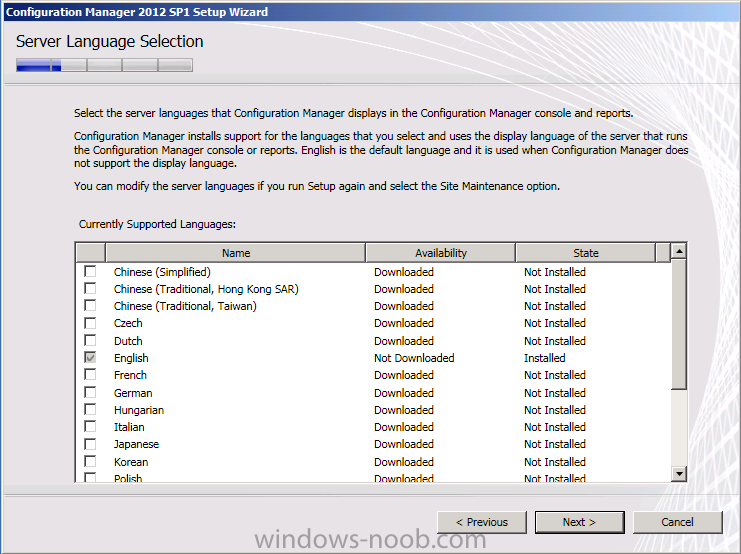
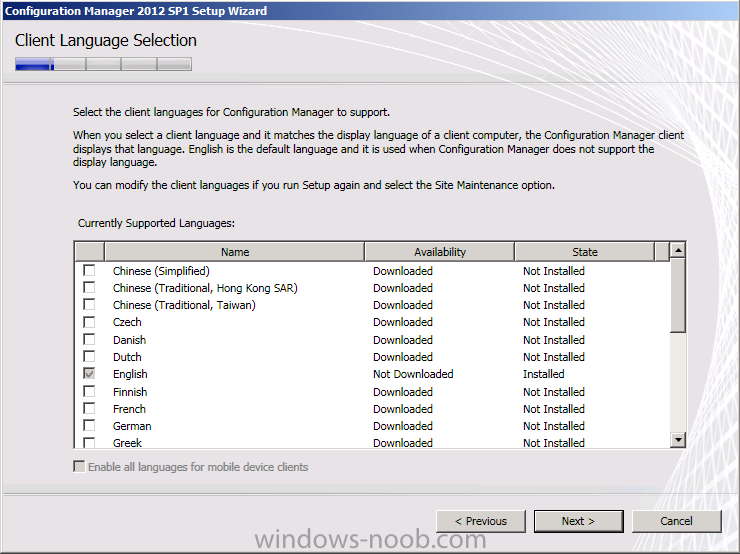
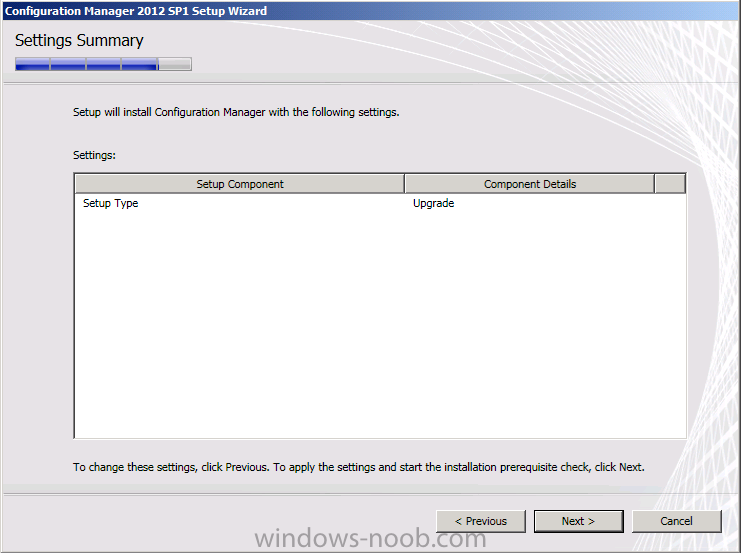
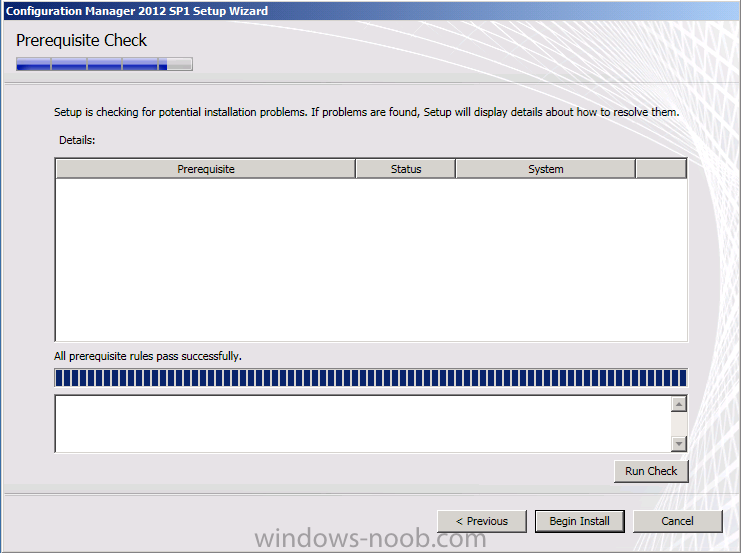
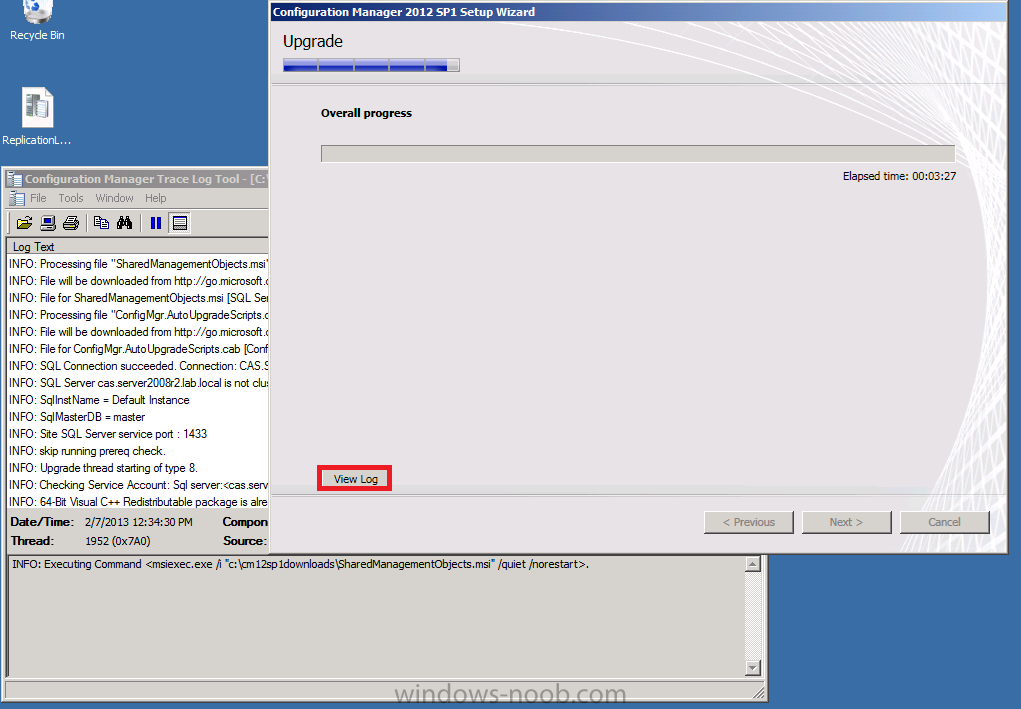
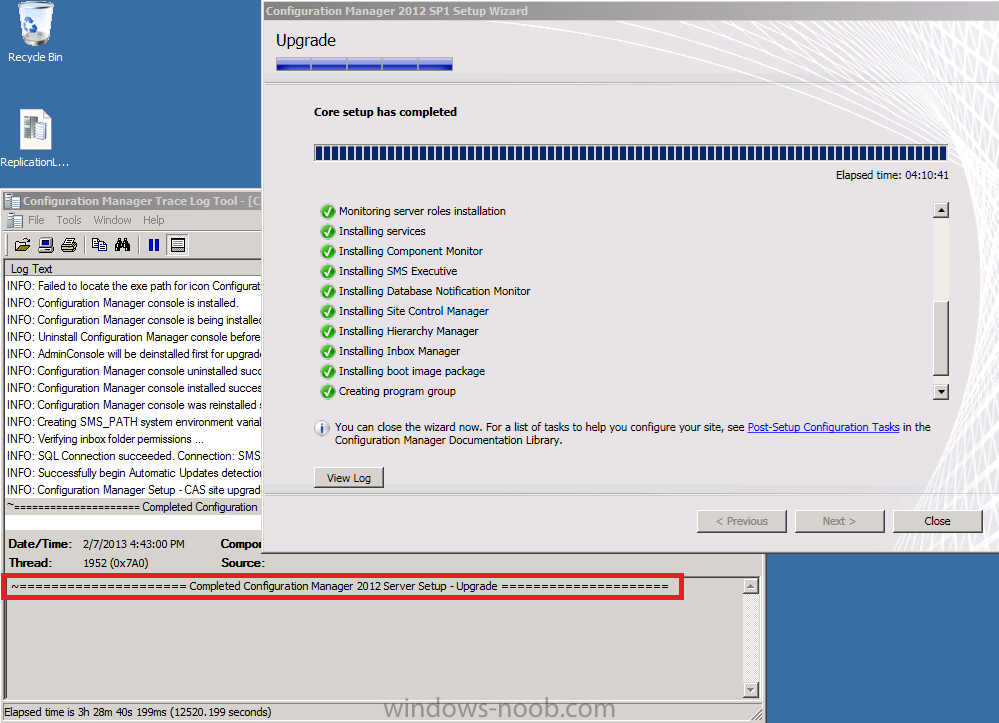
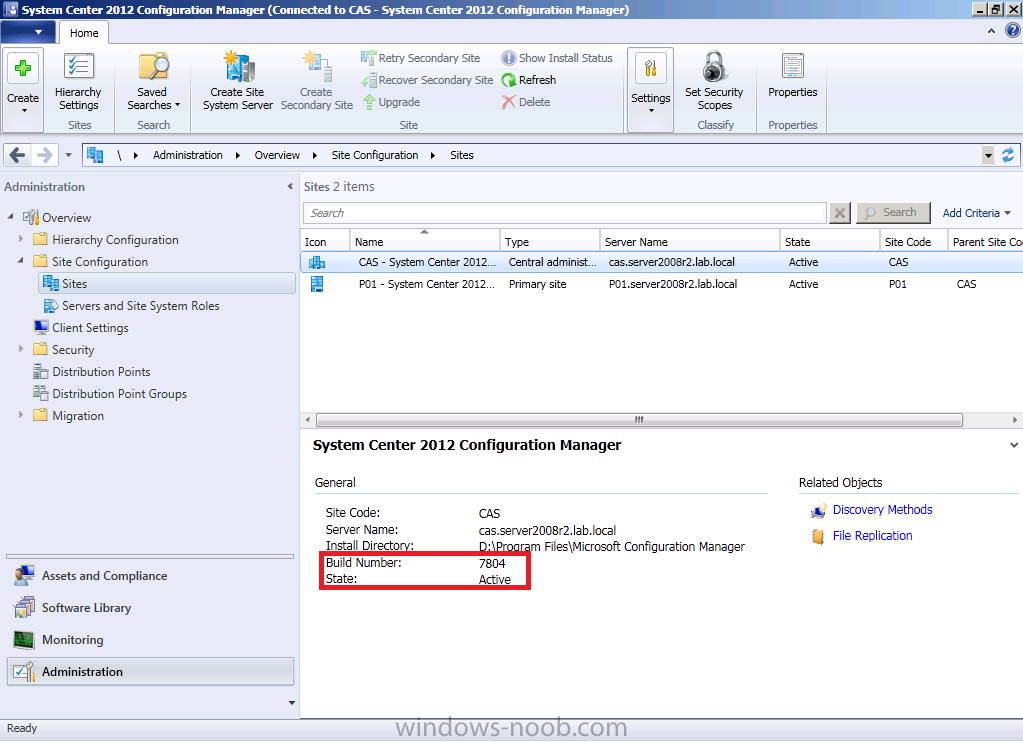

Hi Niall,
Thank you !
It worked like charm !